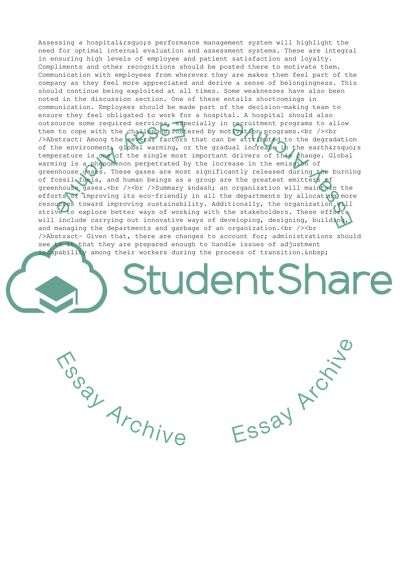Cite this document
(Decrease Hospital Employee Moral vs. Increase Number of Patient Day in Annotated Bibliography Example | Topics and Well Written Essays - 1750 words, n.d.)
Decrease Hospital Employee Moral vs. Increase Number of Patient Day in Annotated Bibliography Example | Topics and Well Written Essays - 1750 words. https://studentshare.org/management/1760096-decrease-hospital-employee-moral-vs-increase-number-of-patient-day-in-the-hospital
Decrease Hospital Employee Moral vs. Increase Number of Patient Day in Annotated Bibliography Example | Topics and Well Written Essays - 1750 words. https://studentshare.org/management/1760096-decrease-hospital-employee-moral-vs-increase-number-of-patient-day-in-the-hospital
(Decrease Hospital Employee Moral Vs. Increase Number of Patient Day in Annotated Bibliography Example | Topics and Well Written Essays - 1750 Words)
Decrease Hospital Employee Moral Vs. Increase Number of Patient Day in Annotated Bibliography Example | Topics and Well Written Essays - 1750 Words. https://studentshare.org/management/1760096-decrease-hospital-employee-moral-vs-increase-number-of-patient-day-in-the-hospital.
Decrease Hospital Employee Moral Vs. Increase Number of Patient Day in Annotated Bibliography Example | Topics and Well Written Essays - 1750 Words. https://studentshare.org/management/1760096-decrease-hospital-employee-moral-vs-increase-number-of-patient-day-in-the-hospital.
“Decrease Hospital Employee Moral Vs. Increase Number of Patient Day in Annotated Bibliography Example | Topics and Well Written Essays - 1750 Words”. https://studentshare.org/management/1760096-decrease-hospital-employee-moral-vs-increase-number-of-patient-day-in-the-hospital.


